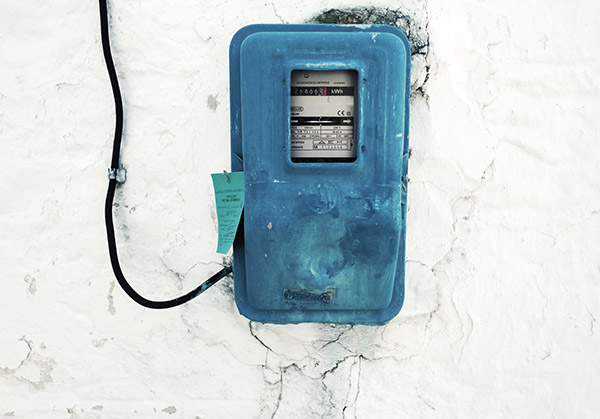
Air sampling plays a crucial role in assessing and monitoring air quality in various environments. Selecting the right equipment for air sampling is essential to ensure accurate and reliable results. In this blog post, we will provide you with valuable insights and considerations to help you choose the appropriate equipment for air sampling.
Understand Your Sampling Requirements:
Before selecting an air sampling pump, it is essential to understand your specific sampling requirements. Consider factors such as the contaminants you need to measure (e.g., particulate matter, gases, vapors), sampling duration, flow rate, and required accuracy. Identifying your needs will guide you in choosing a pump that meets the necessary specifications.
Evaluate Pump Performance:
When comparing air sampling pumps, assess their performance capabilities. Look for features such as adjustable flow rates, stability, and consistency of flow, as well as the pump’s ability to maintain the desired flow rate over the sampling period. Additionally, consider factors like battery life, ease of use, and portability, especially if you need to conduct sampling in different locations.
Consider Pump Calibration and Certifications:
Accuracy and reliability are vital for air sampling equipment. Ensure that the pump you choose is calibrated and certified to relevant standards, such as ISO 17025. Calibrated pumps provide accurate flow rates, which are crucial for precise measurements. Consider pumps that offer calibration certificates or options for calibration checks to maintain accuracy over time.
Evaluate Sample Compatibility:
Different air sampling applications may require specific sampling media or filters to capture contaminants. Check if the pump you are considering is compatible with the sampling media you intend to use. Compatibility is crucial to ensure effective sample collection and accurate analysis of the captured contaminants.
Review Data Collection and Analysis Features:
Modern air sampling pumps often offer advanced features for data collection and analysis. Consider whether the pump provides data logging capabilities, real-time display of sampling parameters, and the ability to export data for further analysis. These features can streamline your sampling process and enhance the accuracy and efficiency of data interpretation.
Compare Cost and Support Services:
Evaluate the overall cost of the equipment, considering both the initial investment and any ongoing costs such as consumables, maintenance, and calibration. Compare prices from different suppliers, taking into account the reputation and reliability of the manufacturer. Additionally, inquire about available customer support, warranty options, and technical assistance to ensure you have access to help when needed.
